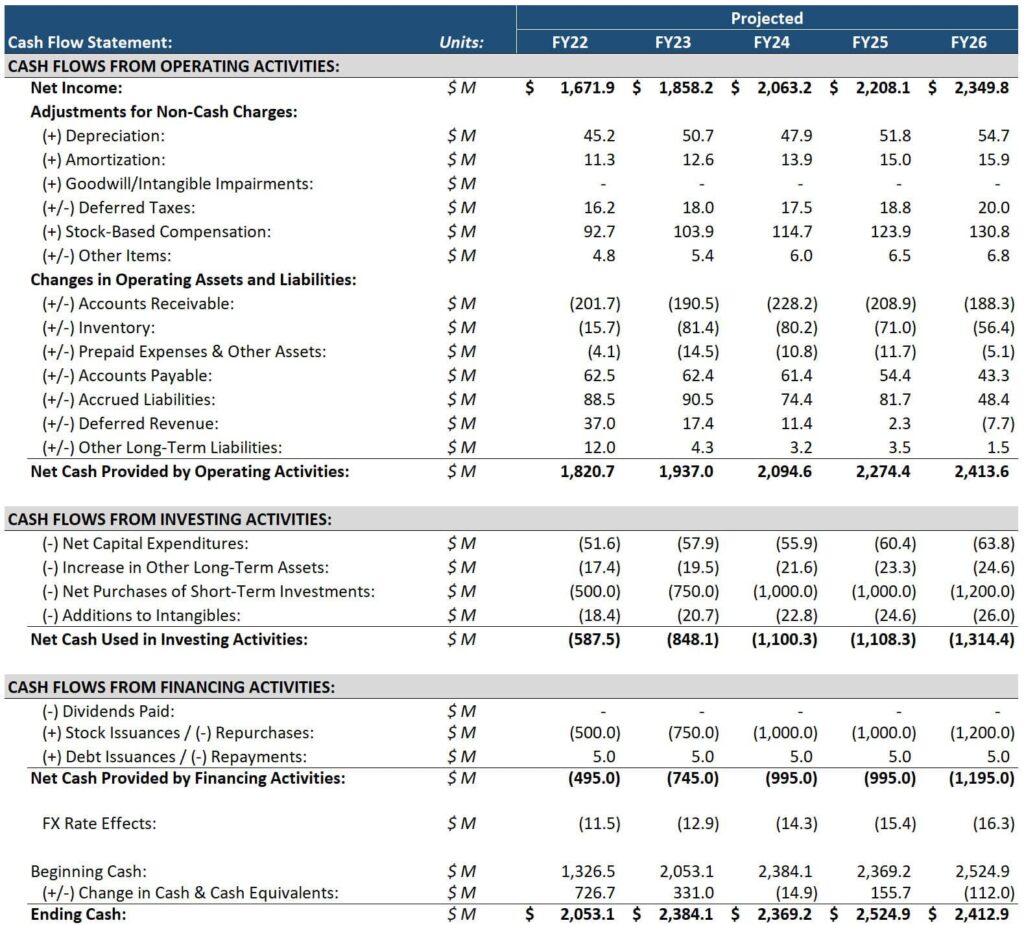The Great Lakes Blue Economy: Navigating Cash Flows in Industry and Ecology
As the sun rises over the expansive waters of the Great Lakes, a powerful economic engine hums below the surface. The Great Lakes region, home to 20% of the world’s fresh surface water, is not just a vital ecological treasure but also a burgeoning hub for the blue economy—a sector that integrates economic activities with the sustainable use of aquatic resources. From fishing and tourism to shipping and renewable energy, the cash flows generated by these industries have profound implications for local communities and the environment. However, as challenges such as climate change, pollution, and overfishing threaten the delicate balance of this ecosystem, Michigan public stakeholders are increasingly focused on finding ways to harmonize economic growth with ecological stewardship. In this article, we explore the intricate interplay of cash flows within the Great Lakes blue economy, examining current trends, future opportunities, and the urgent need for sustainable practices that ensure the preservation of this vital resource for generations to come.
Understanding the Cash Flows Driving Michigans Blue Economy
The blue economy of Michigan thrives at the intersection of natural resources and economic activities, creating a vital ecosystem that enhances both the environment and the local economy. Cash flows from sectors such as fishing, tourism, and shipping play a crucial role in sustaining aquatic industries that contribute millions to the state’s GDP. Furthermore, the importance of aquaculture and clean energy, including offshore wind farms, is becoming increasingly evident. Investments in these areas not only bolster the economy but also promote environmental sustainability by leveraging the natural beauty and resources of the Great Lakes, which support local jobs and communities.
Key stakeholders are recognizing the need to support sustainable practices that harmonize economic growth with ecological preservation. This has led to initiatives aimed at protecting the Great Lakes while also fostering innovative business models that maximize cash flow without compromising the health of the aquatic ecosystems. Among the strategies being explored are:
- Eco-tourism: Attracting visitors through responsible enjoyment of natural resources
- Collaborative research: Partnering local institutions with businesses to promote sustainable practices
- Investment in technology: Utilizing smart technology for resource management and pollution control
Balancing Economic Growth with Ecological Preservation in the Great Lakes
As the Great Lakes region continues to experience economic opportunities driven by industries such as tourism, agriculture, and manufacturing, the need to safeguard its unique ecosystems becomes increasingly paramount. Policymakers and stakeholders are beginning to recognize that long-term prosperity depends on fostering a sustainable approach that intertwines economic incentives with the health of the lakes. To achieve this balance, various strategies are being explored, including:
- Green Infrastructure Investments: Integrating natural systems into urban planning to mitigate pollution and promote biodiversity.
- Eco-Tourism Development: Creating experiences that generate revenue while ensuring the protection of natural habitats.
- Sustainable Fishing Practices: Regulating fish populations to prevent overfishing and maintain aquatic health.
Furthermore, local initiatives are taking shape that involve both community engagement and scientific research to monitor the effects of industrial activities on ecosystems. For example, partnerships between governments, NGOs, and businesses are facilitating restoration projects aimed at rehabilitating wetlands and shorelines, which are crucial for flood control and wildlife habitats. The following table summarizes key collaborations and their main objectives:
| Collaboration | Main Objective |
|---|---|
| Great Lakes Restoration Initiative | Combat invasive species and restore habitats |
| Michigan Coastal Management Program | Promote sustainable coastal development |
| Clean Water Action | Advocate for stronger water quality regulations |
Future-Proofing the Great Lakes: Strategies for Sustainable Development and Investment
As industries surrounding the Great Lakes continue to evolve, strategic investments in sustainable practices are critical for ensuring the longevity of this ecological treasure. Key players in the region must collaborate to implement innovative solutions that balance economic growth with environmental stewardship. This includes fostering partnerships between government agencies, non-profit organizations, and private enterprises to advance technologies that boost efficiency and reduce waste, such as:
- Renewable energy projects that harness wind and solar power to reduce reliance on fossil fuels.
- Green infrastructure investments that enhance stormwater management and habitat restoration.
- Public awareness campaigns aimed at educating communities about sustainable practices.
In addition, targeted funding for research and development can drive innovation in areas such as sustainable fisheries and aquaculture, offering avenues for economic growth while preserving native species. A proposed initiative is the establishment of a Great Lakes Green Fund, which could be utilized to fuel projects that prioritize the health of the lakes alongside profitability. The table below highlights potential investment areas and their projected impacts on the local economy:
| Investment Area | Projected Economic Impact ($Million) | Environmental Benefit |
|---|---|---|
| Renewable Energy | 350 | Reduced carbon emissions |
| Water Quality Improvement | 220 | Enhanced aquatic ecosystems |
| Sustainable Aquaculture | 150 | Fish population recovery |
In Summary
As we look ahead, the future of the Great Lakes Blue Economy presents both challenges and opportunities. The intricate interplay between industry and ecology underscores the necessity for sustainable practices that safeguard these vital freshwater resources. With initiatives aimed at balancing economic growth with environmental conservation, stakeholders across Michigan are poised to learn from the past while innovating for a more resilient future. As we embrace the potential of cash flows within this unique ecosystem, it is imperative that local communities, businesses, and policymakers work collaboratively to ensure the health of the Great Lakes for generations to come. The journey toward a sustainable blue economy is not just an environmental imperative; it is also a profound economic opportunity that can drive prosperity while nurturing one of Michigan’s most cherished natural assets.
